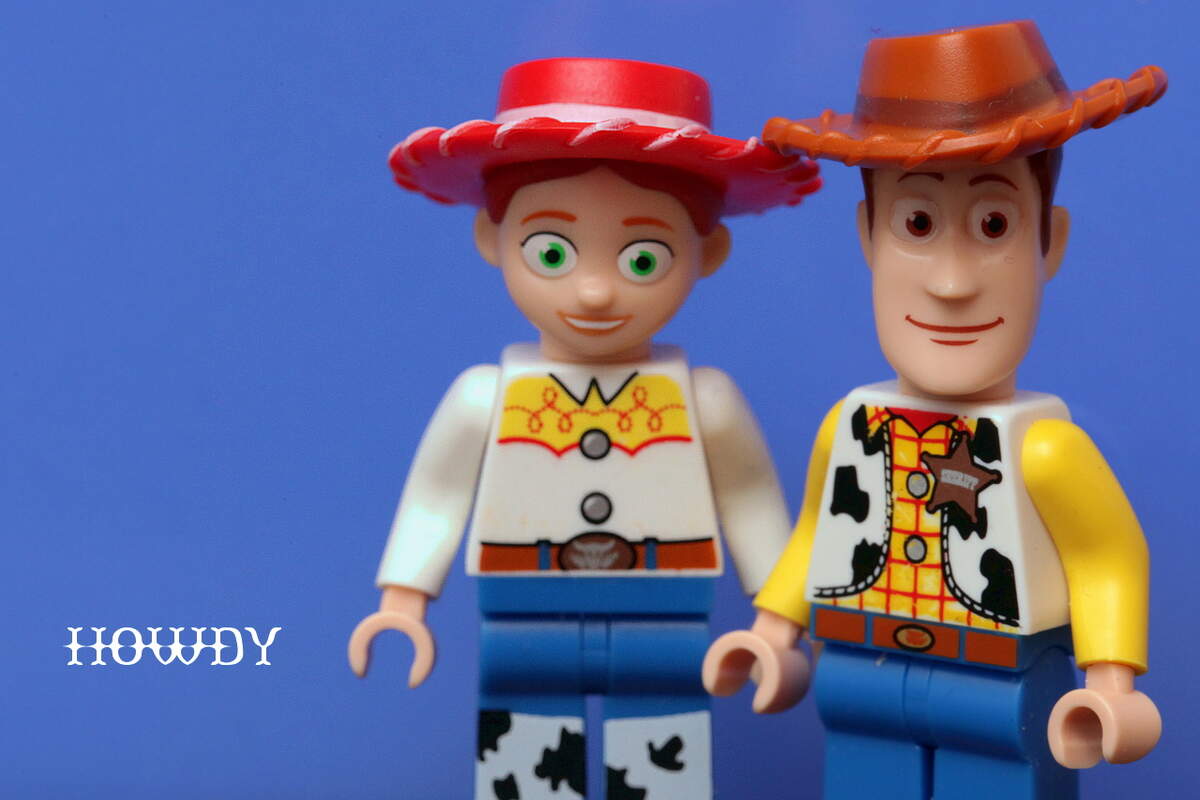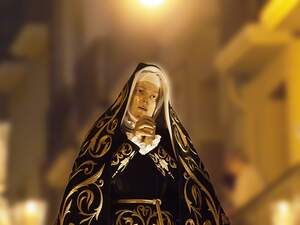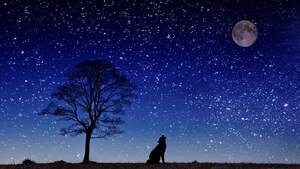

I Love Cowboys and Cowgirls Day
I Love Cowboys and Cowgirls Day is a day to honor, reflect on, and celebrate the legacy of cowboys and cowgirls. The dawn of cowboys and cowgirls started with the Spanish, who brought cattle raising traditions and horses to the Americas in the 16th century. The term cowboy, which is the English translation of the Spanish word for vaquero, first appeared in 1725. A vaquero was an "individual who managed cattle while on horseback." The word derives from "vaca", which means "cow". Today, cowboys tend cattle on ranches. Historically, they herded and drove cattle in the West and South, and their role has since become one of legend, being romanticized in Wild West shows, and then in song and film. The first major cattle drives took place in the 1860's, where cattle were driven north to railheads by cowboys, and then transported to slaughterhouses in the north, before their beef was shipped around the country for consumption. Whites, many of whom had participated in the Civil War, African Americans, who many times were treated better in the frontier environment, Mexicans, and American Indians all worked as cowboys. The prototypical cowboy of cattle drives went away with the birth of barbed wire, a harsh winter in 1886-1887 leading to the collapse of the cattle industry, and the expansion of railroads to areas previously out of reach. The conflicts between cowboys and Native Americans in American culture are largely one of myth, and most conflicts involving Native Americans took place with the United States government. Cowgirls perform the same ranch tasks as modern cowboys, but their historic contributions were not well documented. Many women worked on ranches and in some cases ran them. Cowgirls rose in prominence with the rise of Wild West shows and women such as Annie Oakley. The National Cowgirl Hall of Fame and Museum has worked to illuminate the role of cowgirls.
How to Observe I Love Cowboys and Cowgirls Day
The day can be celebrated by reading about the contributions and history of cowboys and cowgirls. This is a good day to wear traditional clothing of cowboys and cowgirls, ride a horse, or visit a ranch or rodeo. Songs about cowboys and cowgirls can be listened to, and Western films can be watched. The National Cowgirl Hall of Fame or National Cowboy & Western Heritage Museum could also be visited.





















